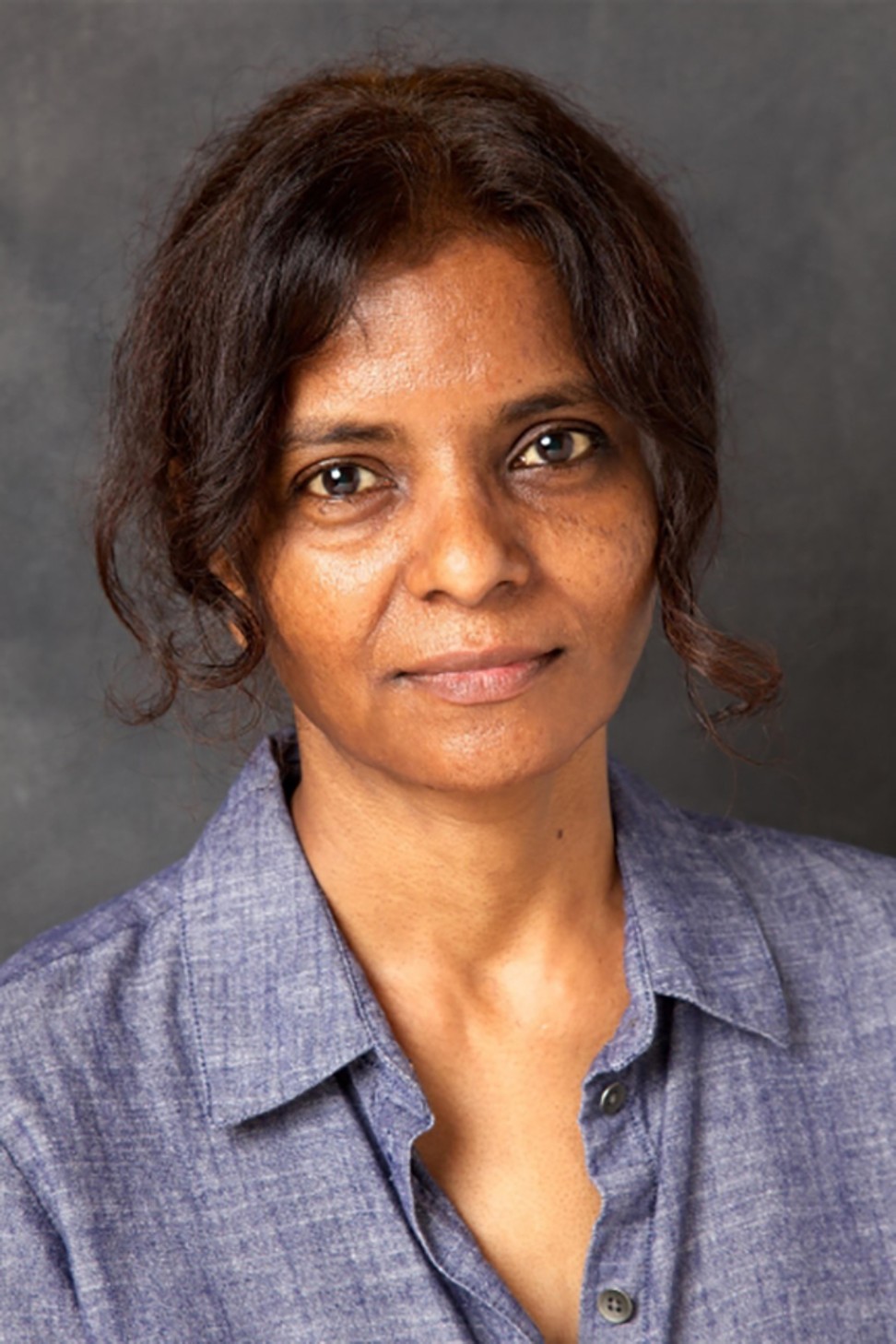
Review | Review: castes and revolution in India from an untouchable’s viewpoint in Ants Among Elephants
Sujatha Gidla shows what it was like to grow up the lowest of the low in a country dictated by entitlement and bigotry, and how that led to her joining a movement promoting armed revolution
by Sujatha Gidla
Farrar, Straus & Giroux
3.5 stars

Most people outside India have only a half-baked understanding of the country’s caste system. It is complicated. For non-students of the Indian subcontinent, it can be simplified into a gradation of wealth and power, which slowly diminishes until we arrive at those who have little of either. Such people are often referred to as untouchables.
Could this system still exist is this modern age? Why, yes, it could, and it does.
Review: Once We Were There – debut novel breaks every taboo in the book for Malaysians
By the time you finish reading Sujatha Gidla’s Ants Among Elephants, your appreciation of the Indian caste system will have become finely tuned. Via the march of history and dint of circumstance, the Hindus have brokered power and wealth in India. It was they who formalised and institutionalised the caste system, a delineation of entitlement and bigotry that is in operation everywhere, all the time.

Gidla was born in south India, in a town called Khazipet in the state of Andhra Pradesh, the daughter of two college lecturers. However, she was still an untouchable. Why? Because her family was Christian.
“Christians, untouchables – it came to the same thing. All Christians in India were untouchable … I knew no Christian who did not turn servile in the presence of a Hindu. I knew no Hindu who did not look right through a Christian man. I accepted this. No questions asked.”
That was until Uncle Satyamurthy, her mother’s older brother – a principal architect in the leftist, armed movement to overthrow the Indian government in the 1970s – came into view.
A mind-bending exploration of identity and the problems of contemporary Japan
Gidla’s writing starts out clipped and dark. Uncle Satyamurthy is the hub of her tale, but the bigger story is about her family – mother, father, uncles, aunts, grandparents – and how they navigated the waters of late colonial and then early independent India. This is a real story, told with wide-eyed wonder, and it invites you right into the family.
A fine-grained history of the subcontinent also takes shape in the book as Gidla gathers her family’s story, particularly her uncle’s. Satyamurthy is a rich character – he can be a dreadful prig, but on the other hand he knows how to laugh, how to take the rough with the smooth. He leads a fascinating life, and the highs and lows of it make for a good investigation into the murk of post-independence.
Satyamurthy is true to himself – he is a revolutionary fighting iniquity, a poet and once, to make ends meet, a professional writer of love letters – but he is also doomed.

Whether you buy into his Maoism – not the full-blown, Little Red Book-waving variety, but the belief that “political power grows out of the barrel of a gun” – or not, that brand of guerilla warfare continues today via the People’s Liberation Guerrilla Army, the armed wing of the Communist Party of India (Maoist).
Gidla is our window into the world of the untouchables and their acts of defiance. She is bitten by the revolutionary bug, and bitten hard: arrested by the Indian authorities, tortured, left to rot, released. She has been party to the heights and the depths of living a revolution.
Eka Kurniawan’s brutal novel on Indonesian masculinity is not for the faint-hearted
Today she lives in New York. After a period of working in software applications, she decided to become a train conductor in the city subway system, the first Indian woman to so serve. It’s good to see her revolutionary spirit still burning strong.

